What Does Jicama Taste Like?
When you buy through our links, The Breslin may earn an affiliate commission. Learn more
Have you ever wondered what jicama really tastes like when you see them in the supermarket? Jicama might look unattractive, but you will be amazed by their taste for sure.
And for those who are still asking what jicama is, you should not ignore this post. Because I will not only describe a complete picture of jicama’s flavor, I also offer you an in-depth detail about this fruit (or maybe this vegetable), from buying to storing stage. Let’s jump into this post now.
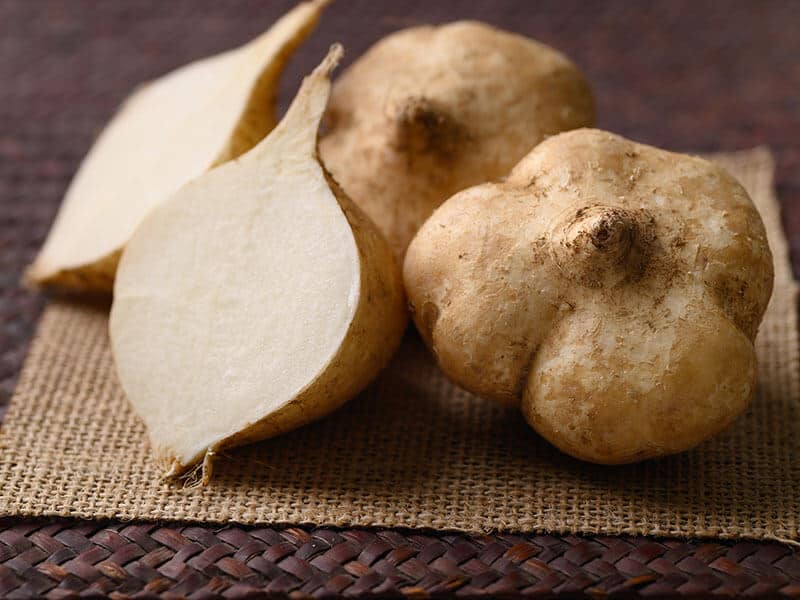
Jicama Flavor Will Amaze You. I Promise!
Jicama is a root vegetable that looks like a huge potato and you can consume mostly in raw form or you can cook and combine it with other ingredients.
Raw jicama has a mild flavor in general. But if you like something crunchy and juicy at the same time, jicama might become your new favorite veggie. You also sense a light sweetness and nutty taste in every bite of jicama.
Since they have mild flavor, when you cook them with other foods, jicama’s flavor might be overpowered by these ingredients’ tastes.
But for more detail about jicama and its flavor, the following parts will offer you comprehensive information regarding this incredible food.
Is Jicama A Fruit Or Vegetable?
I bet you expect to know the origin and what jicama looks like when you have not seen them before, right? So, here comes jicama general information.
Jicama (also known as yam bean, Mexican turnip, or Mexican potato) is a root vegetable that originated from Mexico. Their popularity is mostly in many Latin American regions.
Jicama has been cultivated commonly in Mexico, but you can spot them in some Central and South American areas as well.
Jicama plants can grow well in warm conditions and reach up to 20 feet tall, but people only harvest for the bulbous root as this is the only part of jicama that you can consume.
In contrast, jicama’s leaves, flowers, and seeds are poisonous, so do not ever try them. Their roots can reach 44 pounds in weight and around 7 feet in length. Such a giant vegetable, isn’t it?
There are 2 main varieties of jicama as jicama de agua and jicama de leche. Jicama de agua has a round and pretty square shape, whereas jicama de leche shape is tapered.
Fun fact: These 2 types are named based on the liquid they have. With jicama de agua, where ‘agua’ is ‘water’ in Spanish, you can remember this jicama type has transparent watery juice. And jicama de leche, where ‘leche’ means ‘milk’, so this variety’s juice has a milky color.
Jicama root looks like big-sized turnips or potatoes with a rough, thin-to-thick, brown skin and white flesh. Though this vegetable’s appearance is quite unsightly, they are genuinely an excellent food for your diet. And I will explain more about it in the health benefits part.
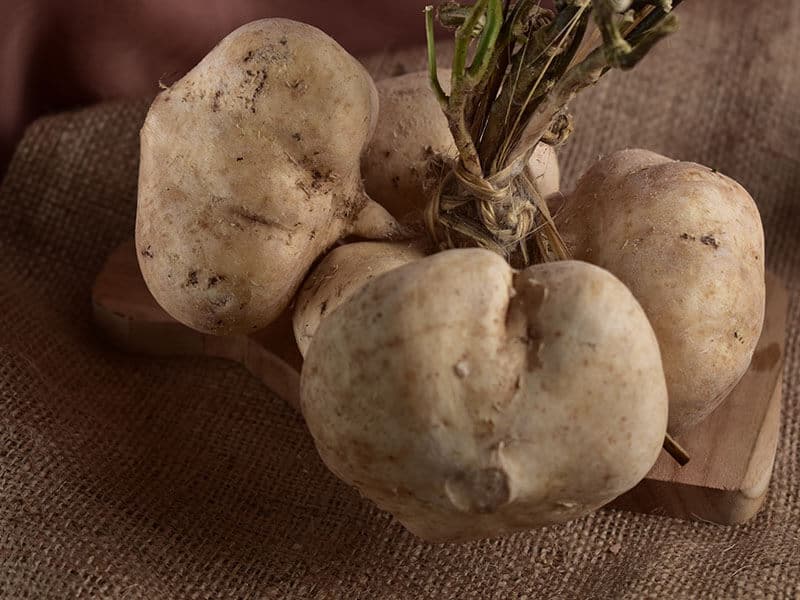
The Full Description Of Jicama’s Taste
I remember the first time my mom brought a bunch of jicama from the markets, and I did not want to eat it because it looked unappetizing to me. But after my mom convinced me to try, I totally changed my mind about this vegetable since then.
You can eat jicama raw or cooked, but consuming raw is a more common choice. But you should peel off its skin. Do not worry; it is a super easy step.
Grab a bite of jicama’s white flesh; you can feel the juiciness, moisture, and crunchiness simultaneously. Many people claim the flavor of jicama is a combination of water chestnut, potato, carrot, pear, and apple flavor. So they taste slightly sweet and nutty.
Moreover, jicama’s overall flavor is mild, fresh, and starchy, making it perfect to combine with other foods and seasonings, especially when you eat jicama raw.
But if you cook jicama with other foods, they can be easily affected by other components’ flavor. That’s why people prefer to consume jicama in raw form, to taste and sense their exact flavor.
Besides, some people claim jicama has a sour flavor. But do not think it is a spoiled sign and throw them away. It might be because of their excess sweat when you store jicama somewhere warm. However, if it is too sour, maybe you should discard your jicama.
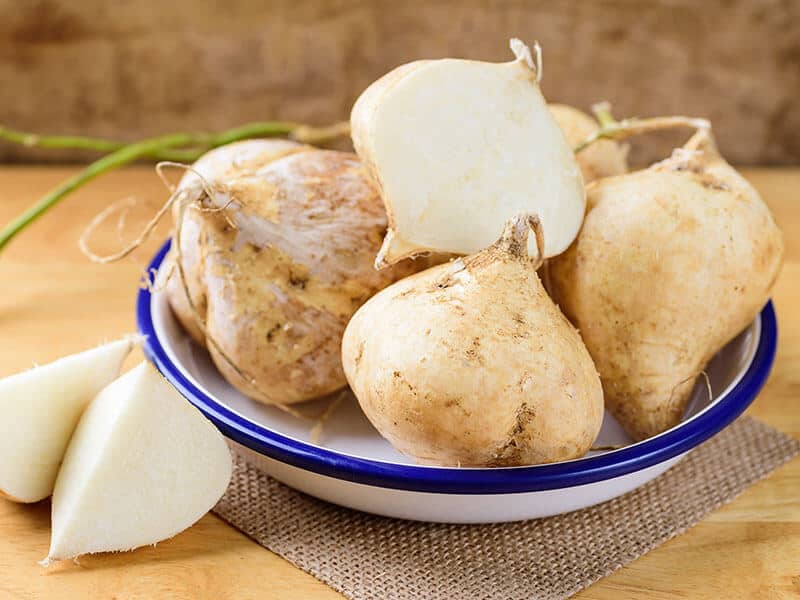
Jicama Uses In The Culinary World
When I talk about jicama, I will talk about how versatile they are in cooking recipes. You can cook jicama the same way as potatoes, but jicama is more special as you can eat them raw. But first thing first, let’s learn how to prepare jicama.
Prepare Jicama Before Turning Them Into Delicious Dishes
Before you get to know what types of dishes that you can make with jicama, let me show you step-by-step instructions for jicama prep.
Step 1: Wash your jicama and use a brush to scrub the skin to remove the dirt.
Step 2: You can either use a knife or a carrot hand-slicer to peel off its skin.
Step 3: Place your jicama on a cutting board and cut them into slices, cubes, strips, big chunks, or whatever shape based on what dish you are making.
Step 4: If you do not use them immediately, you can keep jicama in cold water with a little bit of lemon juice to prevent their white flesh from discoloring when exposed to air.
If you do not know how to cut jicama, these instructions are what you need.
You can see this video to know more:
Try Some Jicama Recipes And See How Amazing They Are
As I explained before, jicama is usually eaten raw, so you can transform it into delicious salads, salsa dishes with other ingredients, spices, or sauces. Raw jicama can be a good snack to fill your empty stomach. You can use raw jicama as a garnishing component as well.
Besides, baked, fried, or mashed jicama is another excellent option for you. You can also boil, steam, pickle, or saute your jicama. See! Very versatile.
But remember, you should only add them in the last 5 minutes of cooking to keep the jicama’s crunchiness. If you think 5 minutes is not enough, try a small one and regulate the cooking time.
And the following are 5 ideas that you can create with jicama. Of course, either raw or cooked jicama, they are all special and tasty.
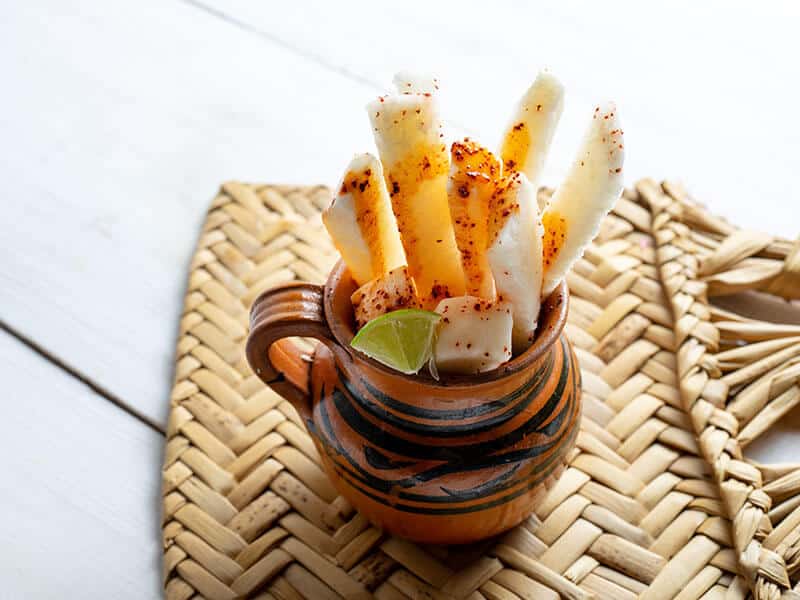
Jicama Fries
If you are sick of potato fries, why don’t you try jicama fries and let them amaze you? You can bake or fry them; these jicama fries are so yummy and crispy with an attractive golden color.
This dish is also a low-calorie treat, so if you want something good for your diet, jicama fries should be saved in your list. Serve them with ketchup, sauces, or any dip for the best-enjoyed snack.
Low-carb fries with jicama are an ideal alternative for normal fries. You can see this video to know more:
Jicama Salad
I usually eat raw jicama; that’s why this salad has always been my favorite quick salad. To enhance jicama’s mild and slightly sweet flavor, you can add various veggies, lemon juice, and spices like paprika and cayenne.
With only 15 minutes and minimal prep, you just only have to dice and slice ingredients, then mix with spices. Do not serve it right away. Allow your salad dish to sit and absorb flavor in around 1 hour before consuming.
Jicama And Pineapple Guacamole
Here is another quick recipe to upscale your jicama into a whole new level. This is pineapple jicama guacamole, a perfect combination of fruit, vegetable, and seasonings.
Fresh, juicy pineapple, crunchy jicama, and smooth, melt-in-mouth avocado will create full-of-twist guacamole that you will want to devour immediately.
Jicama Soup
Soup recipes with jicama are flexible as you can add whatever components you like. It could be a vegan or meaty soup, depending on your preference.
Anyway, soups with jicama are true crowd-pleasers. I guarantee no one can refuse this hearty treat. You can also serve your soup with chips or bread.
Jicama Salsa
Let me share with you a salsa idea with jicama that is not only easy but also healthy. You only need a few ingredients to create this salsa with super easy preparation. So if you are throwing a taco party this weekend, you should not ignore this recipe.
Fresh jicama, jalapeno, cilantro, and lime juice seasoned with salt is an excellent Mexican-style appetizer. But feel free to add another fruit like pineapple to your jicama salsa if you want some tropical vibes.
Nothing can challenge you to make this salsa. And I am sure your guests will love it.
Some Tips To Choose And Store Jicama For The Finest Flavor
The article will be incomplete if I do not provide the information about picking the best jicamas at the store and the ways to keep them fresh. So here they are.
What Should You Know When Buying Jicama?
Selecting jicama at stores might not be easy for some of you as you do not know whether it is ripe or not. Basically, you can determine it by touching and feeling the texture and skin.
If you find it firm with smooth and shiny skin, this jicama is good to buy. Also, search for any damage, bruise, mold, or any soft and wet marks on the skin. If any, do not buy this jicama. Good jicama must look fresh and succulent. So avoid those that look so dry or wrinkled.
Another tip for picking good quality jicama is to choose small to medium-sized jicamas (less than 4 pounds) as they are sweeter and crunchier than the big ones. Contrastly, big jicamas might be very starchy and fibrous, making them less tasty.
Check this short and precise guide to choose ripe jicamas.
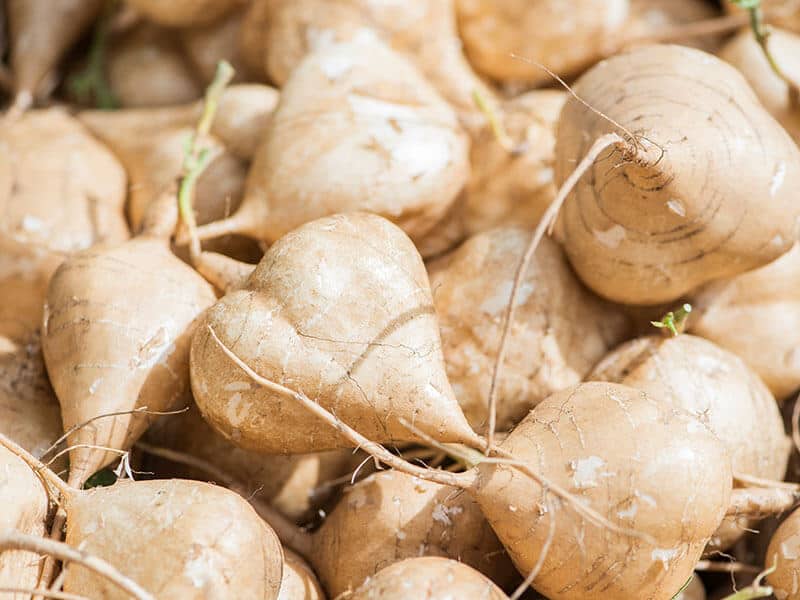
Understanding Proper Ways To Store Jicama Is Essential
There are 3 standard ways to store jicama: At room temperature, In the refrigerator, or freezer.
If your place’s temperature is between 55 to 59 F degrees (13 to 15 C degrees), you can store jicama for up to 4 months (1).
However, those vegetables you got from the store might not be in good care during the distribution. Typically, store-bought jicama only lasts for 1 to 2 weeks in the same condition, but do not forget to place them in a dark, cool place without sunlight.
Putting them in the fridge is a better solution to extend their shelf life. But you should place your jicama in the open area in your fridge. Why? Because the moisture might cause mold growth.
So with good care and proper storage, you can keep them fresh in the fridge for up to 3 weeks. But if you already peel and cut them, 1 week is the maximum storage time, as long as you wrap them well in a bag and make sure they are dry.
The last option when you cannot finish your jicama is freezing them. Whether it is a whole one or processed, you can store jicama in the freezer for 1 year.
Health Benefits From Jicama That Beyond Your Thinking
Jicamas are called a superfood, and there are several reasons why people call them like this. Let’s check jicama’s nutrient levels first.
| Nutrients | Jicama (Per 100 grams) |
| Calories | 38 |
| Total Fat | 0.1 g |
| Cholesterol | 0 mg |
| Sodium | 4 mg |
| Potassium | 150 mg |
| Total Carbohydrate | 9 g |
| Dietary Fiber | 4.9 g |
| Sugar | 1.8 g |
| Protein | 0.7 g |
| Vitamin C | 20.2 mg |
| Vitamin E | 0.5 mg |
| Iron | 0.6 mg |
| Calcium | 12 mg |
| Magnesium | 12 mg |
From the table, you can conclude that jicama is/can:
- Packed Of Several Nutrients: Who would have thought that this unsightly vegetable contains various health benefits. The vitamins and minerals in jicama are impressive. If you are looking for a good source of vitamin C, jicama can be a good candidate.
- Protect Your Cell From Damage: The antioxidant properties in jicama are pretty high, making them become an excellent food to improve your cell. It can also reduce the risks of chronic heart diseases or diabetes.
- Improve Your Digestion: Dietary fiber level in this vegetable is high, so it can support your digestive function. The inulin fiber found in jicama is also good for your gut, bowel movement and prevents constipation.
- Lower The Risk Of Cancers: Vitamin A, C, prebiotics, and antioxidant compounds play an essential role in protecting you from some types of cancer, especially colon cancer.
- Good For You Diet: If you are a weight-watcher, jicama is your ideal food source. They are low in calories and high in fiber, making you forget your hunger easily without eating too much.
- An Excellent Supplement For Your Brain: Vitamin B6 is famous for improving brain functions and boosting the abilities in cognition. And there is a certain level of vitamin B6 in jicama, making them a good source to support your brain.
- Strengthen Bones: The minerals like iron, magnesium, calcium, etc., might also boost your bone density, reduce the chance of osteoporosis.
- Regulate Blood Glucose and Blood Circulation: Insulin compounds in jicama extract can decrease blood glucose in the liver (2). Moreover, iron and copper minerals will maintain your blood circulatory system and prevent anemia.
Health Benefits From Jicama Are Incredible. You Can See This Video to Know More:
FAQs
Lastly, if you still have some questions about jicama in general and their flavor, I hope these answers will untie your knot.
Jicama – An Unbelievable Root Vegetable That You Must Try Once In Your Life
If you still do not like jicama after reading this post, I highly doubt it. Indeed, there is nothing to worry about in jicama, let alone how amazing they are in culinary uses.
They might come in an unattractive look, but their flavor is what I wanted to highlight here. So do not hesitate when someone offers you a slice of jicama because you do not know what you are gonna miss.
Finally, I hope everything I cover here can help you in choosing, cooking, and storing jicama at the finest. So if you like my post, please rate it below, and share it with your favorite people, especially those who are still afraid to try jicama. Thank you and have a nice day.
References
- En.wikipedia.org.. Pachyrhizus Erosus – Wikipedia. [Online]. Available at: <https://en.wikipedia.org/wiki/Pachyrhizus_erosus>.
- Park, C.J., Lee, H.A., Han, J.S. 2015. ‘Jicama (Pachyrhizus Erosus) Extract Increases Insulin Sensitivity and Regulates Hepatic Glucose in C57BL/Ksj-db/db Mice’. Journal of Clinical Biochemistry and Nutrition, vol.58(1), pp.56-63. doi: 10.3164/jcbn.15-59.

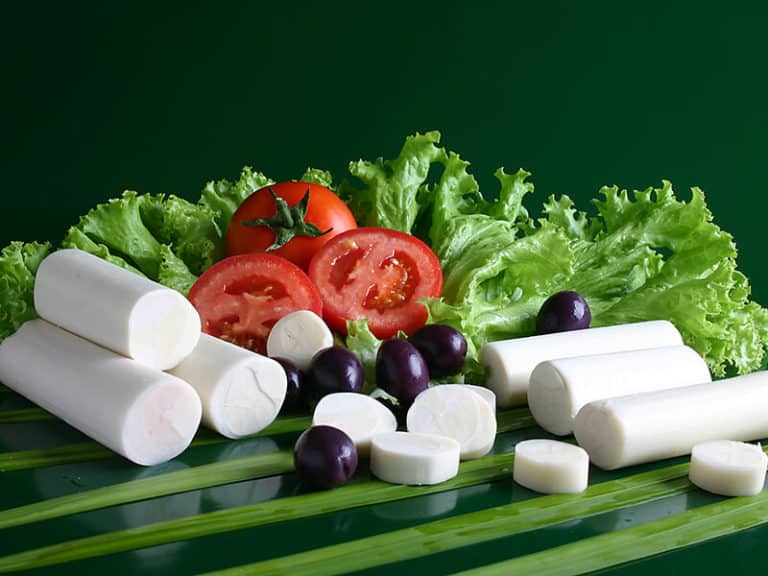
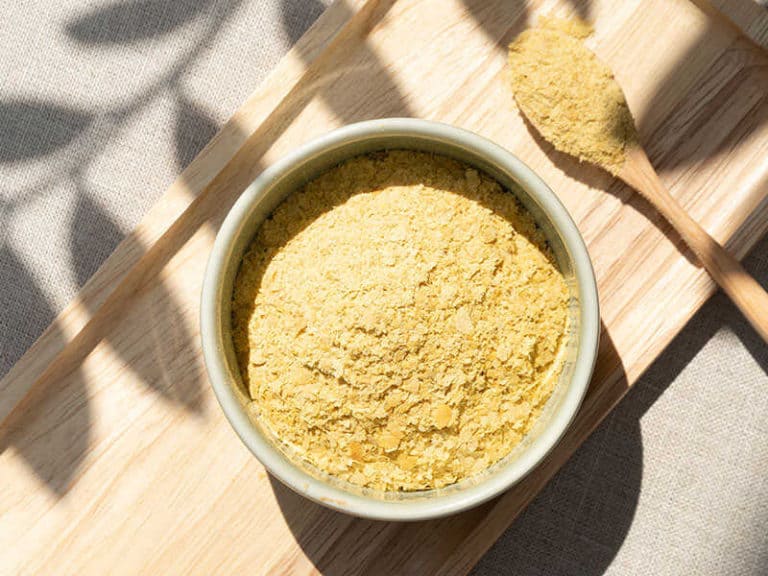
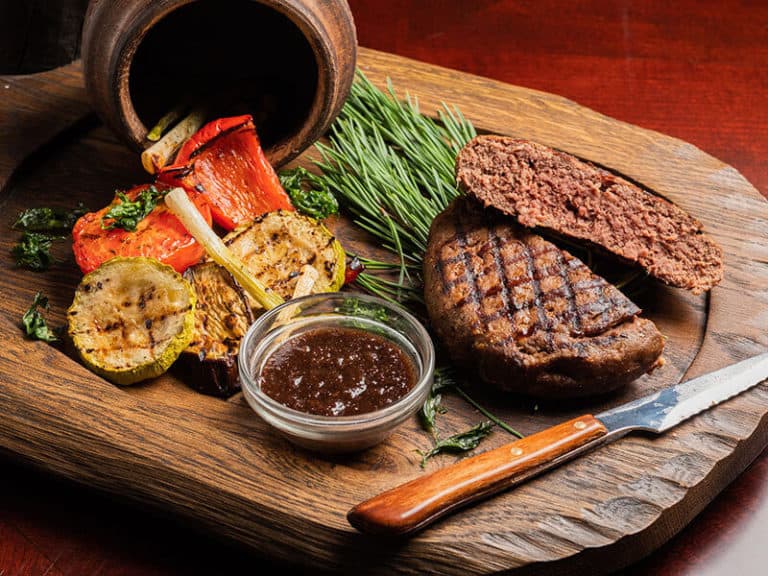
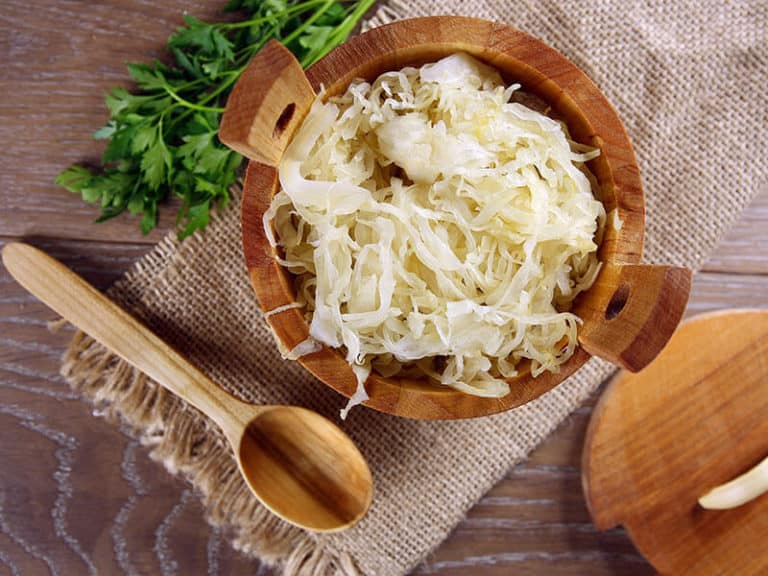
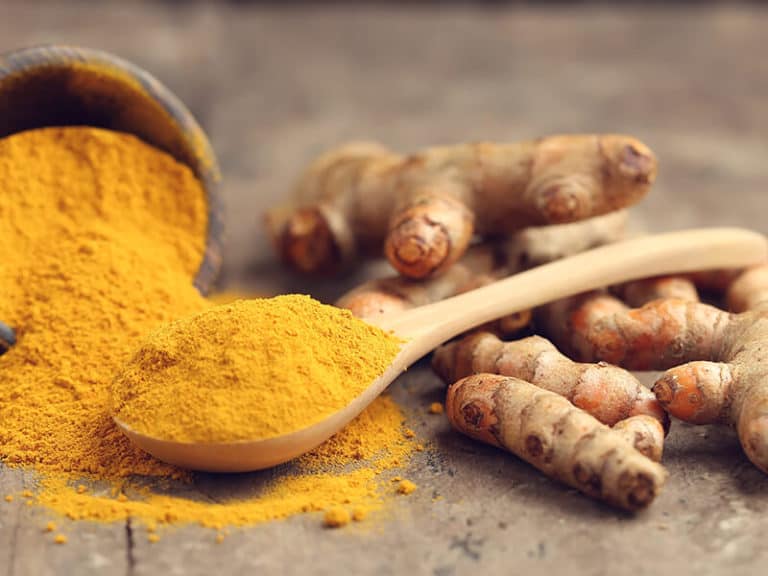
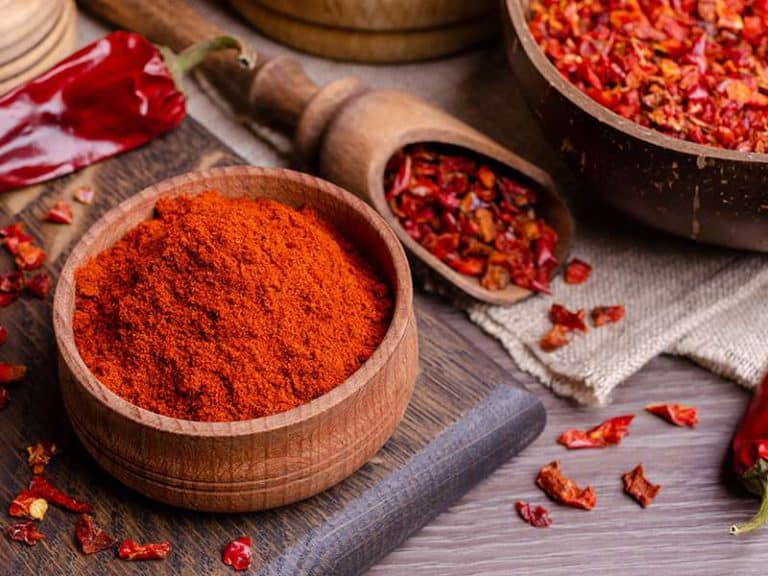
Amanda Collins
Founder and Senior Culinary Editor
Expertise
Culinary Arts and Management, Food Journalism and Critique, Recipe Development and Testing, Global Culinary Traditions, Sustainable Food Practices
Education
Institute of Culinary Education (ICE), New York, NY
Program: Diploma in Culinary Arts
Focus: Intensive hands-on training in culinary techniques, recipe development, and kitchen management, preparing students for professional roles in the culinary industry.
Monroe College, New Rochelle, NY
Program: Associate in Applied Science in Culinary Arts
Focus: Practical culinary skills, including cooking techniques, menu planning, and kitchen operations, with an emphasis on hands-on experience and industry standards.
Amanda Collins is a seasoned chef and food editor with a deep love for global flavors. Trained at the Institute of Culinary Education and Monroe College, and with over 15 years in the culinary field, Amanda has refined her skills in kitchens worldwide. Her background in food studies gives her a unique ability to share both recipes and the cultural stories that shape them.
As senior culinary editor at thebreslin.com, Amanda’s work brings authentic dishes to life, inviting readers to explore new flavors and techniques from around the globe. Her approachable style makes it easy for anyone to bring a bit of the world’s cuisine into their kitchen.